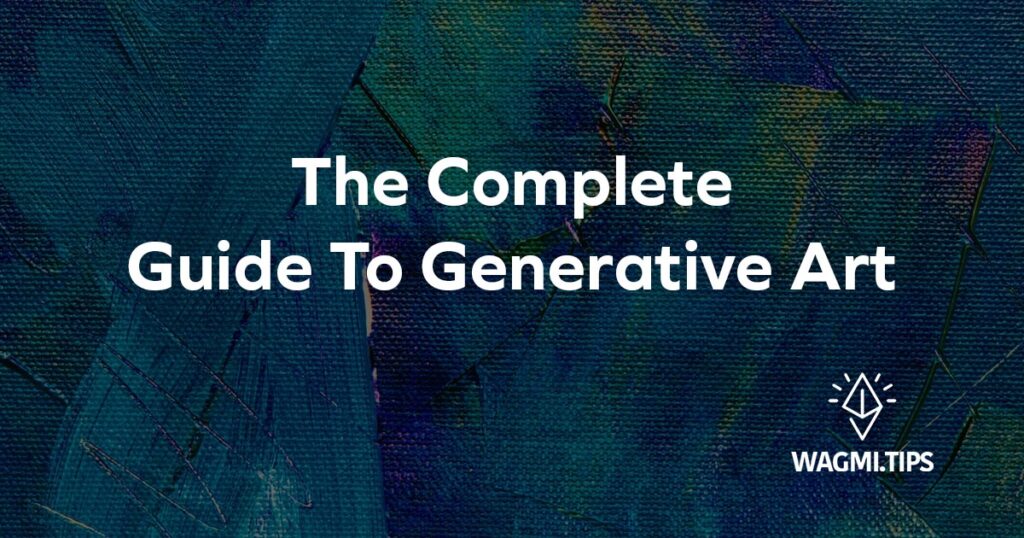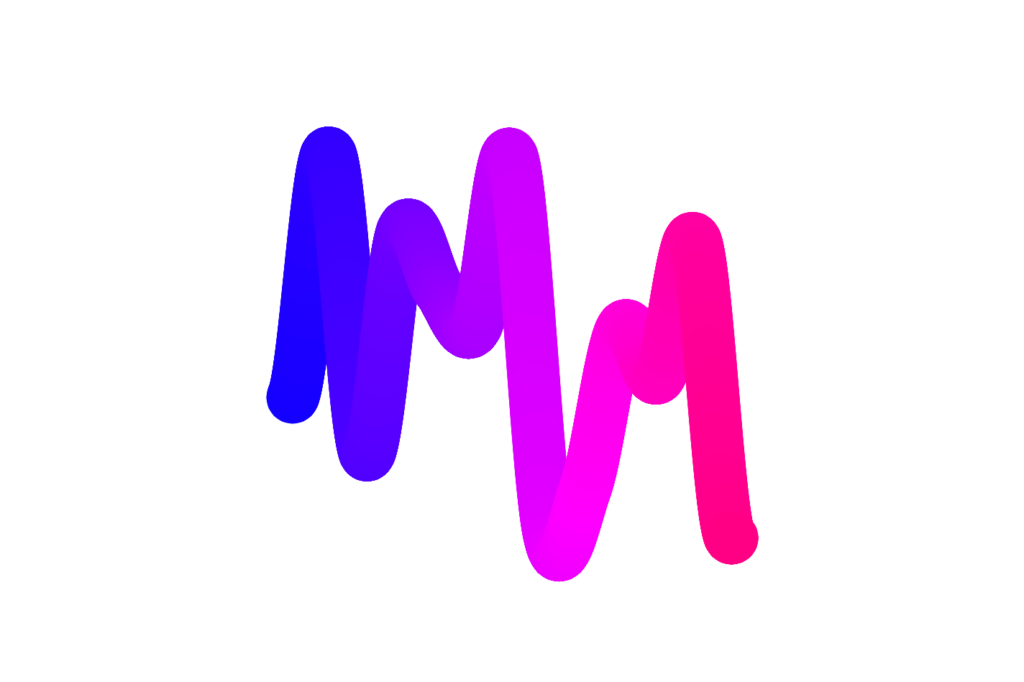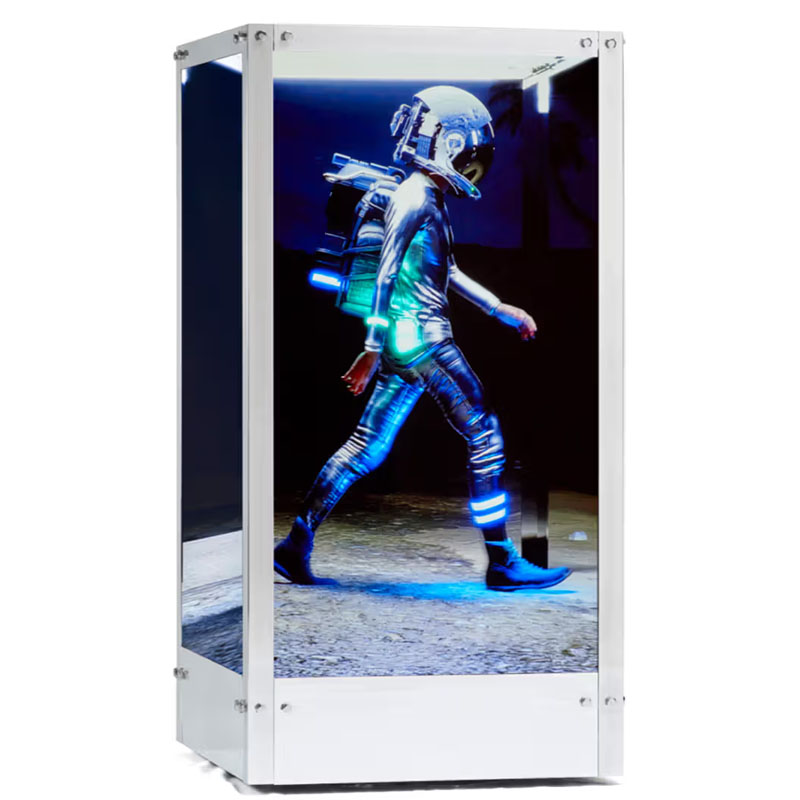The Complete Guide To Generative Art (2023)
In this guide, we cover the ins-and-outs of generative art and it’s impact on the NFT scene. We’ll cover the basics of what generative art is and how you can use it in your NFT projects.

Table of Contents
What Is Generative Art?
Generative art is an art form that uses algorithms and other processes to create artwork that is unique and unpredictable. Generative art is often created through the use of computer programs, but it can also be created with physical materials or traditional art techniques. Generative art can be interactive, or it can be an autonomous, self–generating system. Generative art often incorporates elements of surprise, randomness and chance, making it a form of art that is constantly evolving and ever–changing.

History Of Generative Art
Generative art is rooted in the avant–garde movement of the 1960s and 1970s, when artists were exploring new ways to create art. Artists such as Sol LeWitt, John Cage, and Nake were among the first to experiment with computer–generated art. They used computers to create random shapes and patterns, which they then manipulated and refined.
As computer technology advanced, so did generative art. In the 1980s and 1990s, algorithmic art was developed, which used algorithms to create art based on mathematical equations. This type of art was popularized by artists such as Manfred Mohr, Roman Verostko, and Georg Nees.
In the 21st century, generative art has become increasingly popular, with artists using new technologies such as virtual reality, 3D printing, and artificial intelligence to create unique and fascinating artworks. Today, generative art is used in a variety of fields, from architecture to animation and also put onto the blockchain as NFTs.
Is Generative Art Same As AI Art?
No, generative art and AI art are not the same. Generative art is art created by an algorithm, or set of instructions, that produces a series of results that can be modified and shaped visually by the artist. AI art, on the other hand, is art created using artificial intelligence, which uses data to create more complex and sophisticated artworks. AI art may also use generative techniques, but is more focused on using technology to create art with a more realistic or expressive aesthetic.
Examples Of Generative Art NFT Projects
Here are some popular and successful Generative Art NFT projects known to date:
- Chromie Squiggle by Snowfro
- Autoglyphs by Larva Labs
- Fidenza by Tyler Hobbs
- Ringers by Dmitri Cherniak
- Lost Poets by Pak
- Solvency by Ezra Miller
- Lost Poets by Pak
What Is The Most Expensive Generative Art Project Sold?
The most expensive piece of NFT generative artwork sold to date is HUMAN ONE by Beeple. It was sold at Christie’s 21st Century Art Evening Sale for US$28.985 million on 9 November 2021.

How To Make Generative Art NFT?
You will need to learn some basical programming in order to create generative art, as it involves writing algorithms or instructions on how to generate your artwork. Useful programming languages to learn include Javascript (p5.js), OpenFrameworks, R, and Processing. The best place to start is by Googling ‘generative art tutorials’.
Generative Art Generator Tools
There are many popular generative artwork tools online to help make your life easier. Here are a few commonly used tools (no coding required):
Summary
Generative art is an exploration of the potential of technology to create art that is dynamic, interactive, and ever–evolving. It is an exciting new way to explore the boundaries between art and technology, and it has the potential to revolutionize the way we think about art. Generative art can be used to create immersive and interactive experiences that are not only visually stimulating but also emotionally engaging. By creating generative artwork, artists can explore a range of themes and concepts that are difficult to express through static artwork. It can be used to explore topics such as the passage of time, chaos, randomness, and other complex concepts.
History has shown that there is a considerable demand for algorithmically generated artwork among NFT art collectors. As long as the NFT industry continues to thrive, there will always be collectors looking to add unique pieces of artwork to their stash.
